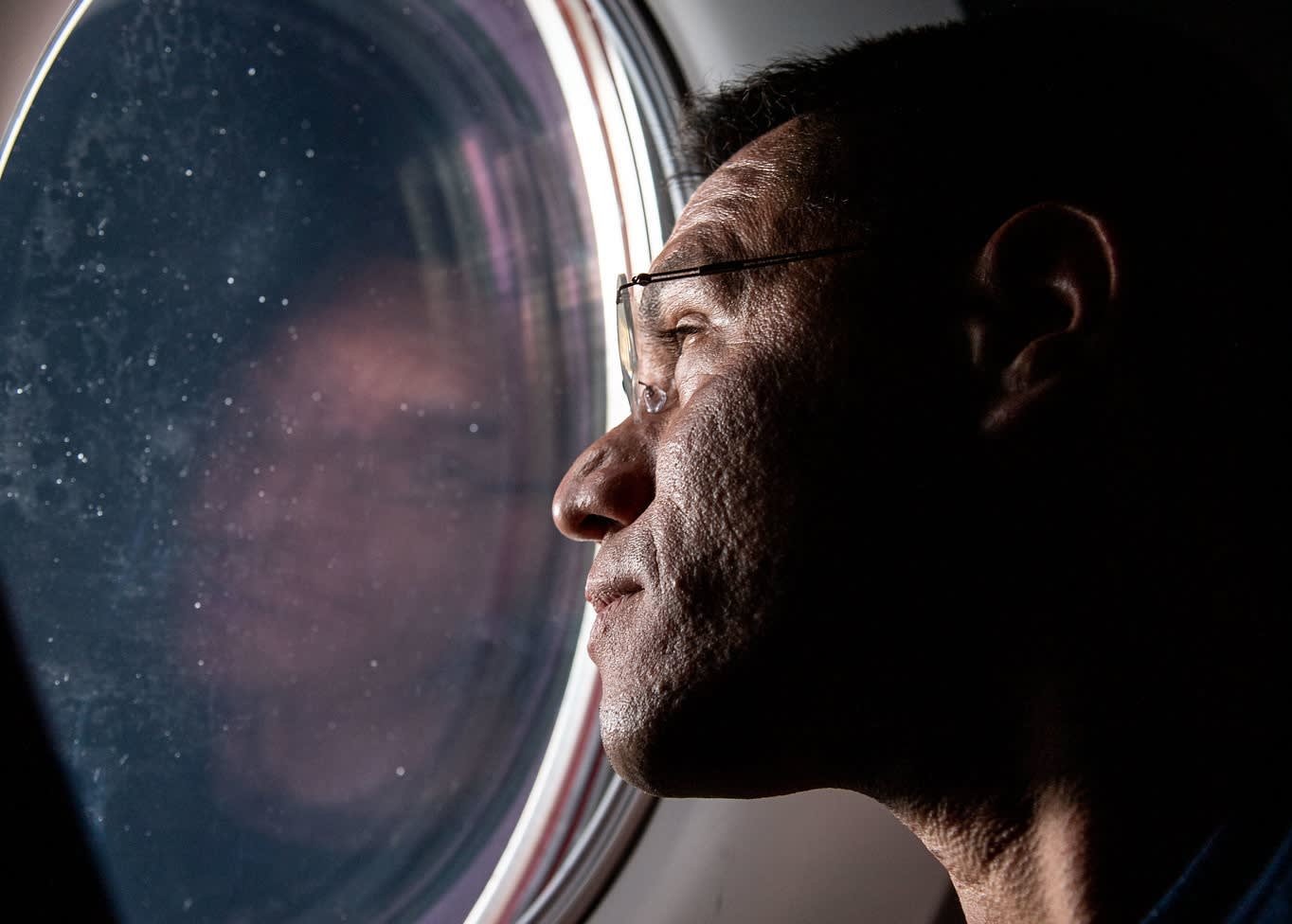NASA astronaut Frank Rubio peers out of a window aboard the SpaceX’s Crew Dragon spacecraft Freedom while docked to the International Space Station.
NASA
CNBC’s Investing in Space newsletter offers a view into the business of space exploration and privatization, delivered straight to your inbox. CNBC’s Michael Sheetz reports and curates the latest news, investor updates and exclusive interviews on the most important companies reaching new heights. Sign up to receive future editions.
“Refining strategies and evolving partnerships are part of the process.”
I don’t know if NASA’s Angela Hart is a Sixers fan, but her take on the current landscape of private space station development matches the “trust the process” rallying cry that the Philadelphia basketball team made so famous.
And I agree with Hart, NASA’s top commercial space station official: It’s early days of companies taking the lead on orbital research habitats. There’s a shuffling of players underway this week, but these are growing pains, not warning signs.
To rewind a bit here: The International Space Station is expected to retire in 2030, so NASA is helping fund development of next-generation orbital habitats. The agency sees a continued presence in low Earth orbit as valuable, especially with astronauts on the ISS nowadays cranking through more research than ever before.
Instead of going the traditional route and ordering contractors to build a new space station to its specifications, NASA wants to replicate the success of its Commercial Cargo and Commercial Crew programs. It wants to buy services from privately owned and operated stations, and is helping along the development of competing projects – having doled out over $500 million in various contracts so far, most of that through the Commercial LEO Destinations (CLD) program.
The private U.S. space stations in development, both with and without funding from NASA, are a mix of companies’ solo and partnered projects. And, as Hart acknowledged, some of those partnerships are changing.
For one, the Starlab project being led by Voyager Space has a new teammate: Northrop Grumman confirmed yesterday it would no longer pursue a solo project and instead join Starlab to provide cargo and engineering services. That comes after Airbus joined the Starlab team earlier this year, taking the place of Lockheed Martin as the habitat’s core builder.
Secondarily, we’ll see what becomes of Orbital Reef: Nothing’s official, but co-leaders Blue Origin and Sierra Space are braced for a split, and a key leader is retiring from Blue at year-end. Individually the companies are adamant they’re making progress on their respective development but, like a couple about to break up, they don’t talk about each other by name any more.
Then there are the solo projects, by companies including SpaceX, Axiom, Vast, Gravitics and ThinkOrbital in various stages of studying, designing and developing everything from individual modules to full stations.
With all that said, three key facts in the private space station landscape haven’t changed:
- NASA is the kingmaker: While the agency’s development budget for CLD needs to grow substantially if any of these are going to be operational by the time the ISS retires, it’s still the biggest customer and investor here. The projects that win future, and hopefully larger, NASA contracts will have the best chance of success.
- Commercial (i.e., not the government) demand is an open question. Who, besides NASA, will pay to utilize these private stations? There’s a lot of talk about this market’s potential size, but I want to see terrestrial customers put in some big money orders for access or services.
- Timelines are aspirational. This goes for any project headed for orbit, but even more so for those that include keeping humans alive in space: Until I see specific days for a project’s launch, the years in these schedule targets don’t mean much.

